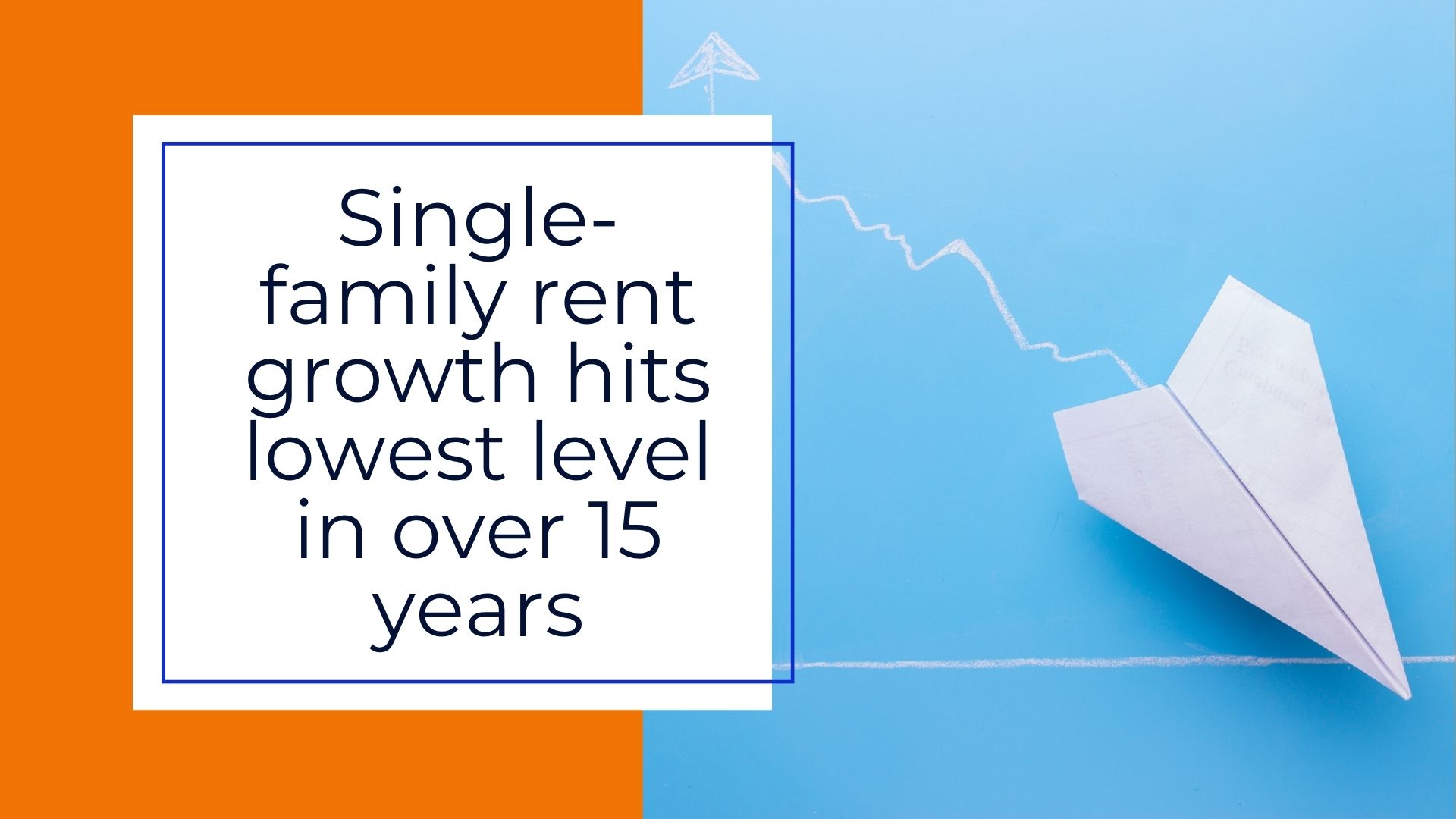A recent report from Cotality, a leading property data and analytics provider, shows single-family rent growth in the United States has cooled significantly. That trend carries important implications for landlords and for Flat Fee Landlord clients, in particular.
Cotality’s Single-Family Rent Index (SFRI) for August 2025 revealed that U.S. single-family rent prices rose only 1.4% year over year, a dramatic drop compared to the ~3% growth seen a year ago. This marks the lowest annual growth rate in over 15 years, according to Molly Boesel, Cotality’s Senior Principal Economist.
The slowdown isn’t isolated to a particular price tier. In August, high-end rentals grew just 1.6%, which is down sharply from 3.3% the prior year, while lower-tier properties increased only 1.1%. Looking at property types, detached single-family homes saw slightly stronger growth (1.5%) than attached units (1.0%).
At the metro level, rent growth remains uneven. Chicago led the ten largest metros at 4.7% annual growth in August, followed by Los Angeles (2.8%), Philadelphia (2.7%), and Washington, D.C. (2.6%). In contrast, Dallas slipped into negative territory with rent growth declining by -0.6%, a sign that rising supply in that market is giving renters more negotiating power.
This slowing single-family rent growth isn’t just a one-off data point. Other Cotality releases earlier in 2025 also documented moderation. For example, in July 2025, rent growth dipped to 2.3% year-over-year, below its longer-term historical range. Similarly, in June 2025, Cotality reported a 2.9% increase, suggesting the market may have found a new normal for growth.
Industry observers are drawing attention to the impact of slowing rent growth. Builders and analysts note that improved supply and affordability pressures are playing a role, particularly as new construction in both single-family and multifamily sectors expands.
For landlords who partner with Flat Fee Landlord, Cotality’s data signals a few important shifts:
With rent increases flattening, relying on aggressive rent hikes may be less viable. Owners might need to recalibrate projections using more conservative growth assumptions.
If rent growth is slowing, retaining current tenants becomes more important to sustain cash flow. High turnover could hurt more when raising rents is harder. Therefore, negotiating with your current residents is important in order to retain them. Your partners at Flat Fee Landlord will work with you and your residents to ensure all parties are satisfied.
The divergence across metros—some are still seeing strong rent growth while others lag—means location-level knowledge is critical. Markets in Washington D.C. may still offer leverage, whereas in Dallas, competition and supply may make rent increases tougher.
In markets where rent growth is flat or declining, new inventory may continue to pressure pricing, unless demand strengthens. This makes disciplined underwriting and proactive cost control even more important.
The era of rapid rent growth may be waning. This means owners should work with the Flat Fee Landlord team to emphasize operational efficiency, tenant satisfaction, and stable occupancy. Additionally, the aggressive rent increases should likely be put on the back burner.
Flat Fee Landlord’s business model and local-market operating approach align well with these trends:
With a strong focus on tenant experience and retention, Flat Fee Landlord can help reduce turnover risk in a slowing rent environment.
Local market knowledge helps identify submarkets where rent growth may still outperform or where supply is better controlled.
Transparent owner reporting and conservative financial models mean you’re less likely to be caught off guard by slowing growth.
The company’s maintenance and cost management systems can help protect your margins as revenue growth slows.
Cotality’s data suggests that single-family rent growth is cooling nationally. For Flat Fee Landlord owners, this trend underscores the importance of long-term strategy, tenant retention, and disciplined underwriting. Rather than relying on year-over-year rent increases, success may now hinge on efficient operations, local market expertise, and minimizing turnover risk.
If you’d like, Flat Fee Landlord can run a custom rent-growth forecast for your property based on projected market dynamics, schedule a call with us here!


